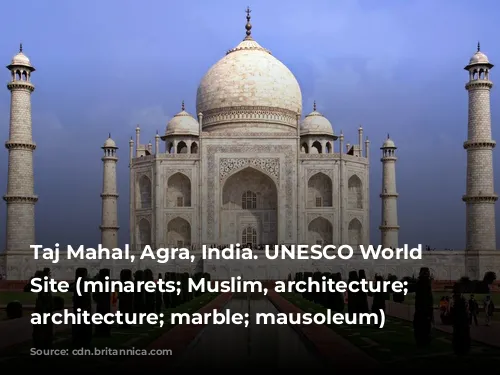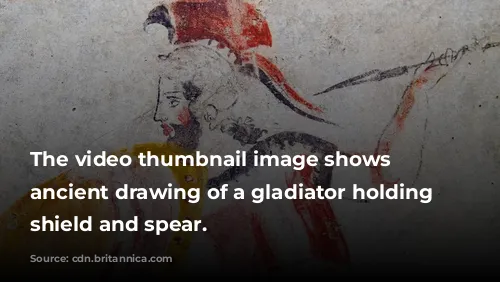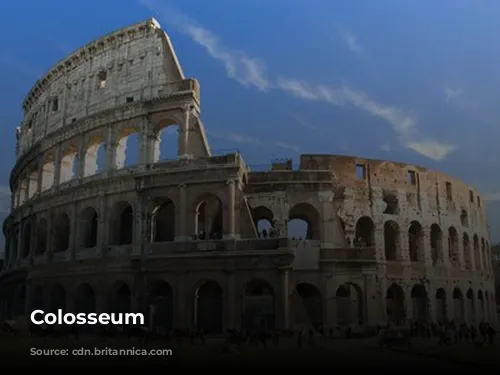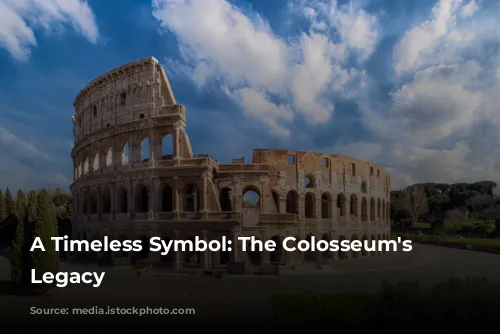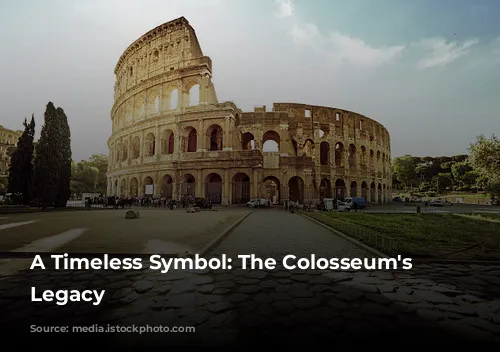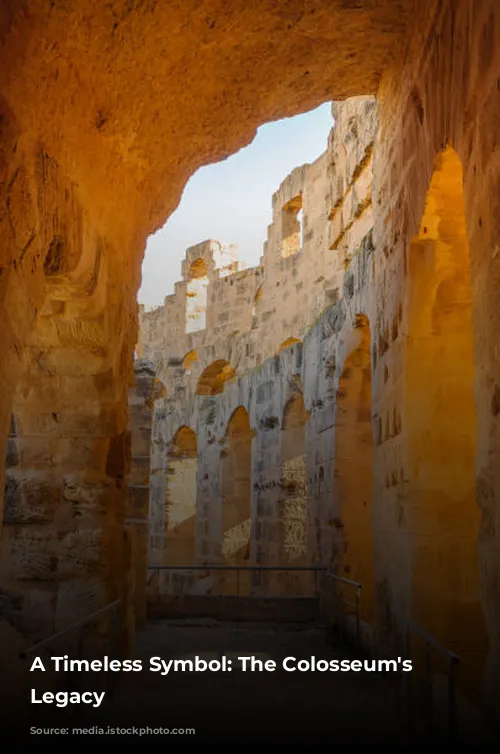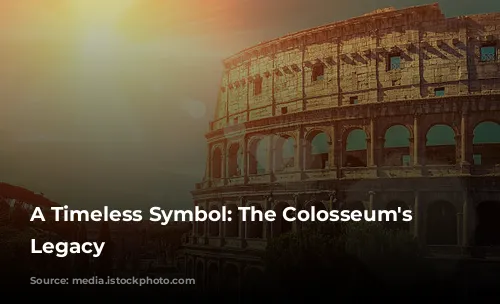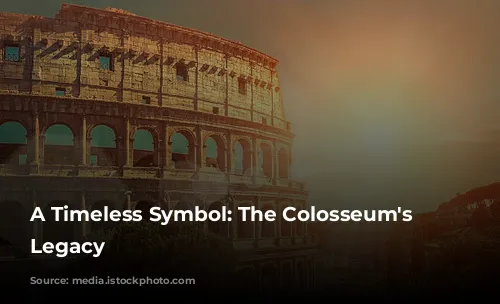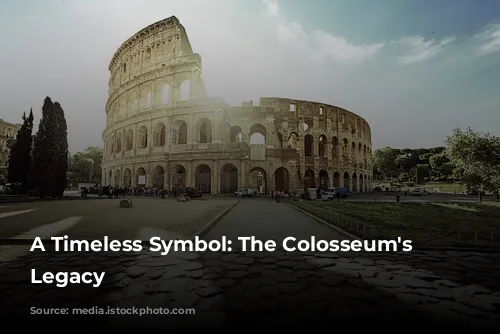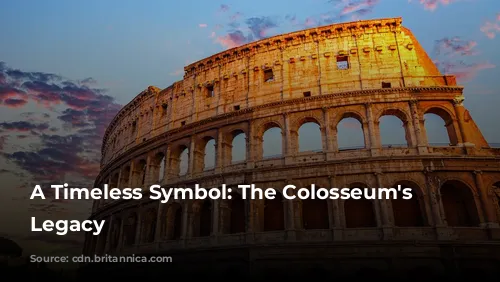The Colosseum, a magnificent testament to Roman architectural brilliance, stands tall as one of the few remaining structures from the ancient empire. Its enduring presence attracts millions of visitors annually, making it a crucial source of revenue for the Italian government. In 2018 alone, the Colosseum, along with the Roman Forum and Palatine Hill, generated over €53.8 million, solidifying its position as the most popular tourist destination in Italy.
This iconic landmark, however, has endured a turbulent history. Following the decline of the Western Roman Empire, the Colosseum fell into disrepair. In the 12th century, the Frangipane and Annibaldi families repurposed the arena as their fortress. Centuries later, during the late 15th century, Pope Alexander VI allowed the Colosseum to be exploited as a quarry. This period of neglect, spanning over a thousand years, eventually gave way to state-funded restoration efforts in the 1990s, breathing new life into this ancient wonder.
A Monument to Roman Power and Entertainment
The Colosseum’s construction was a response to the desire to revitalize Rome after the turbulent year of the four emperors in 69 CE. Emperor Vespasian, seeking to entertain and unify the Roman populace, envisioned the Colosseum as a grand entertainment venue. This massive amphitheater became a stage for gladiator fights, animal hunts, and even mock naval battles, showcasing the grandeur and spectacle of Roman life.
Construction began under Vespasian’s reign between 70 and 72 CE. His son and successor, Titus, dedicated the completed structure in 80 CE, marking a significant moment in Roman history. The Colosseum’s fourth story was later added by Emperor Domitian in 82 CE. It is worth noting that the funding for this monumental structure came from the spoils of war, specifically from Titus’s conquest of Jerusalem in 70 CE, and the construction was carried out by enslaved Jews from Judaea.
A Masterpiece of Engineering and Design
The Colosseum, also known as the Flavian Amphitheatre, is an elliptical structure constructed from stone, concrete, and tuff. Rising to four stories at its highest point, it measures a staggering 620 by 513 feet, with a capacity to hold up to 50,000 spectators. Its primary purpose was to host gladiatorial combats, showcasing the brutal yet captivating spectacle that enthralled Roman society.
The Colosseum, unlike earlier amphitheaters, was not built into a hillside for support. Instead, it stands as a freestanding structure, showcasing the Roman mastery of engineering. Its foundation rests upon a complex system of barrel and groin vaults, demonstrating the ingenuity of Roman architects. The exterior boasts three tiers of arcades adorned with engaged columns in the Doric, Ionic, and Corinthian orders, showcasing a progression of architectural styles that would inspire future generations. The building materials used include travertine for the main structure, volcanic tufa for secondary walls, and concrete for the inner bowl and arcade vaults.
A Stage for Spectacle and a Witness to History
The Colosseum’s design ensured the comfort and safety of its vast audience. A massive retractable awning, known as a velarium, provided shade from the sun. Supported by masts extending from corbels built into the upper story, this intricate system required the skill of hundreds of Roman sailors to operate.
The Colosseum served as a stage for a diverse range of spectacles, from gladiatorial combats to animal hunts and mock naval battles. While the authenticity of the claims about Christian martyrdoms within the arena remains debated, the Colosseum undoubtedly played a significant role in shaping the cultural and social fabric of ancient Rome.
A Symbol of Resilience and Enduring Appeal
Through the ages, the Colosseum has witnessed significant transformations. It served as a church in medieval times, before being repurposed as a fortress by prominent Roman families like the Frangipane and Annibaldi. Damage from lightning, earthquakes, and vandalism, along with the depletion of its marble seats and decorative materials, furthered its decline. Despite centuries of neglect, the Colosseum’s resilience has allowed it to endure.
The 19th century saw a renewed interest in preserving this historic monument, with efforts led by Pope Pius VIII. This culminated in a comprehensive restoration project undertaken in the 1990s, restoring the Colosseum to its former glory. Today, the Colosseum stands as one of Rome’s most cherished landmarks, attracting millions of visitors each year. Regular exhibitions showcasing the culture of ancient Rome contribute to its enduring appeal, ensuring that this iconic structure continues to captivate and inspire generations to come.
